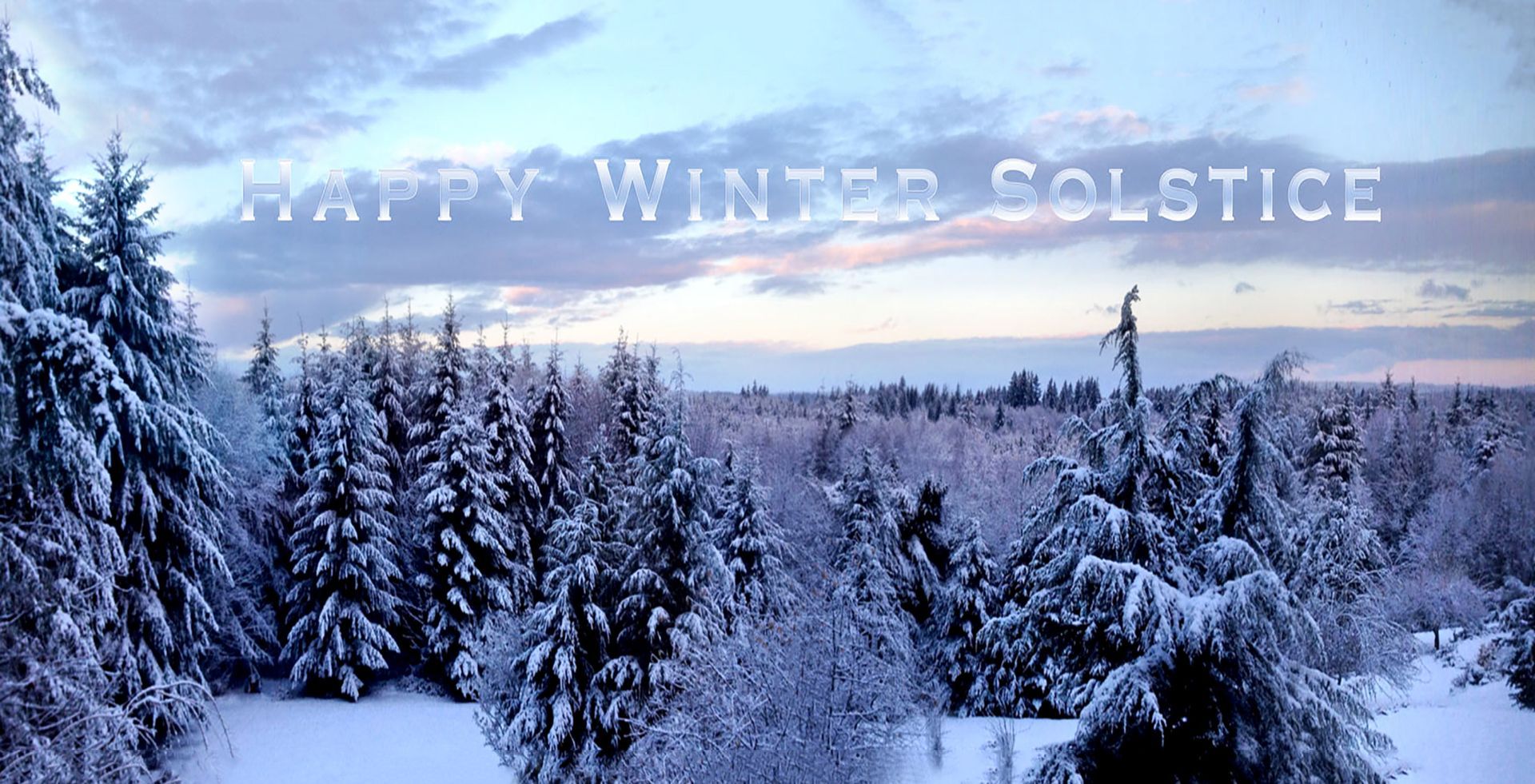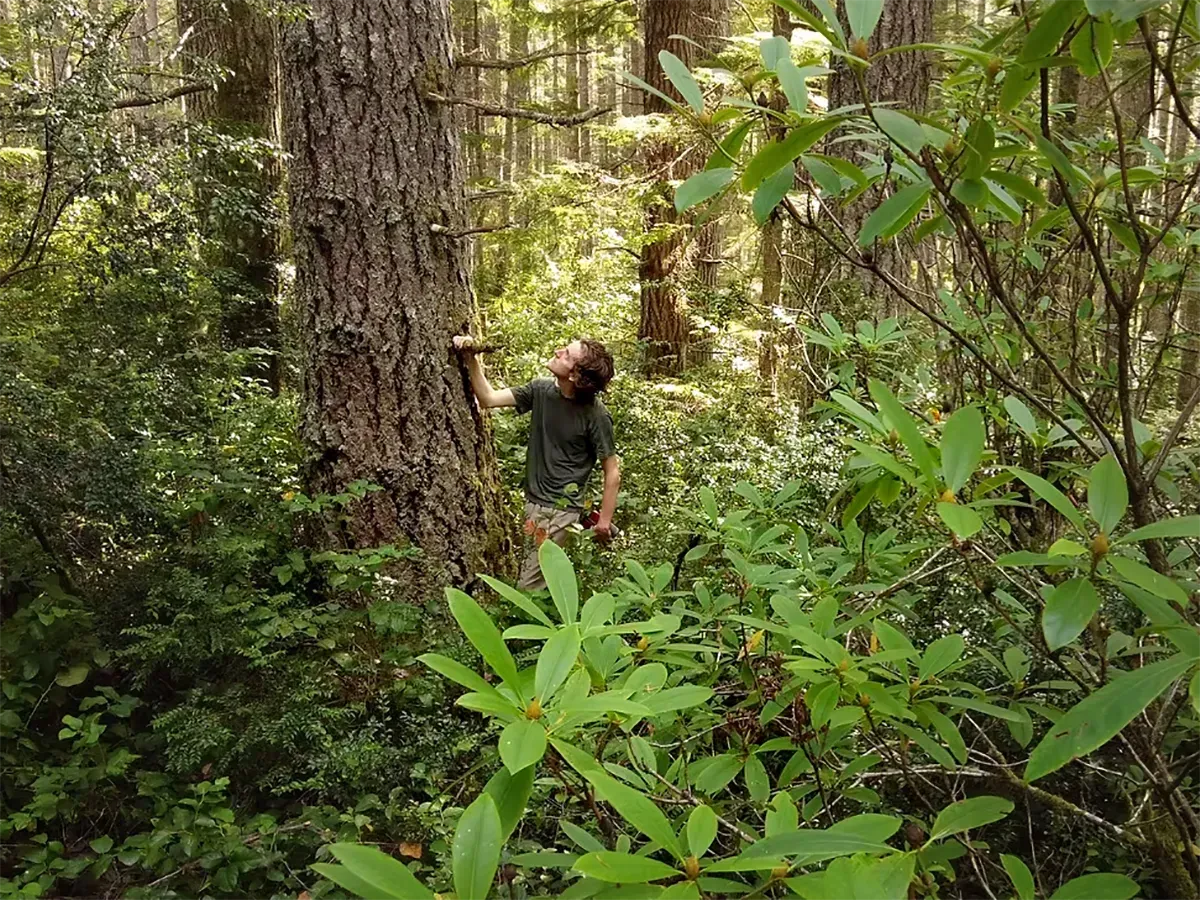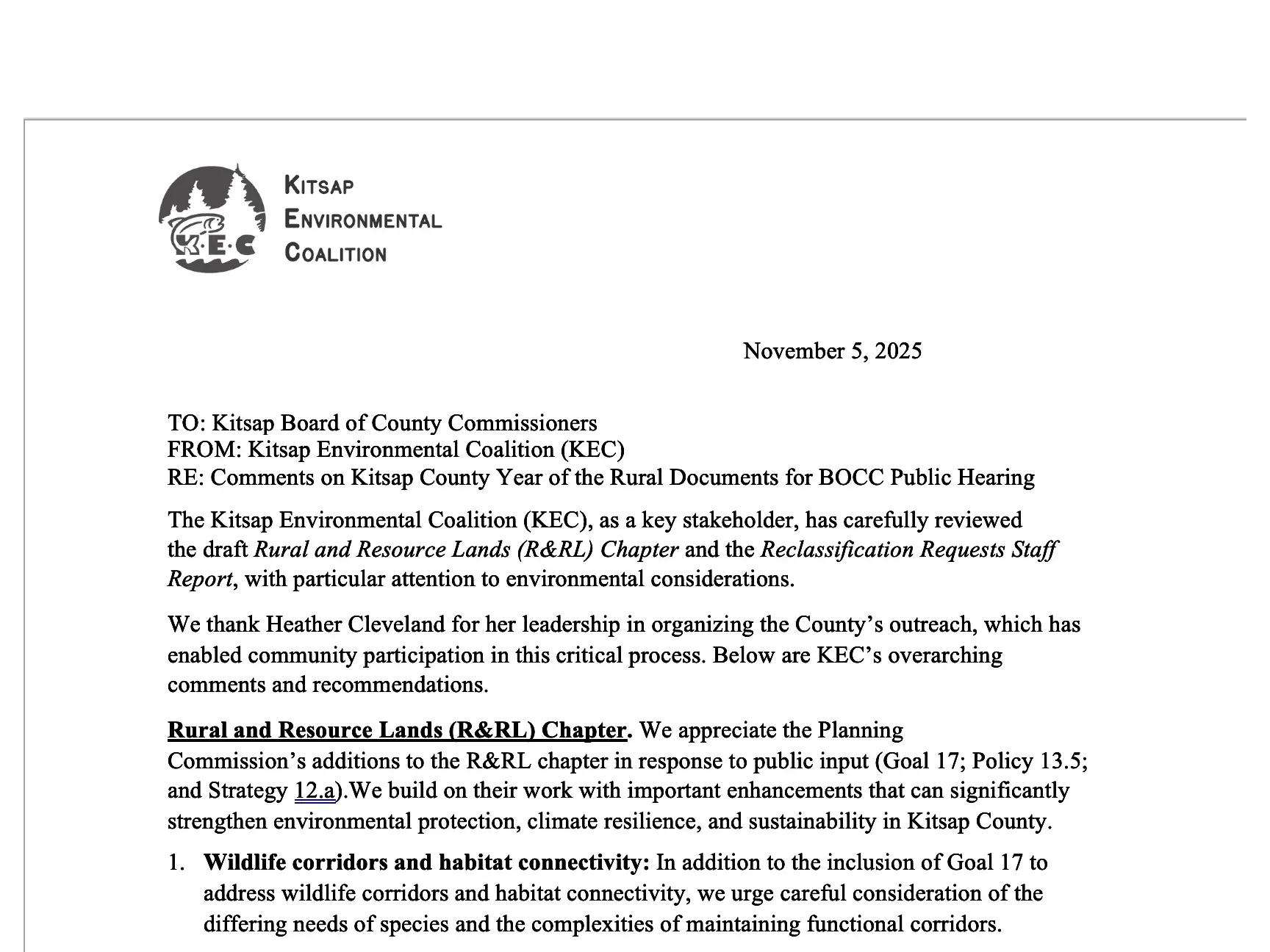KECP: Growing Healthy Soils to Feed the World | 5.19.24
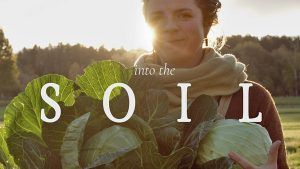 In the documentary Into the Soil
,
we follow Brigid LeFevre, who runs a community-supported agriculture operation (CSO) in Järna, Sweden. In her biodynamic vegetable garden, she focuses on fermenting the harvest to enrich it with nutritious lactic acid bacteria. Brigid grew up in an anthroposophically inspired Camphill community in Northern Ireland, where volunteers lived and worked together with people with special needs. It was a self-sufficient community where the local store brought in bulk organic produce, and each household would write down their purchases – without any actual money exchange. Growing up in a place where food was separated from the economic market has had a big impact on Brigid’s philosophy as a farmer. And really, come to think about it, why is it that the global ups and downs of the economy should determine the operating practices of small-scale local farms? In Brigid’s garden, it doesn’t. She grows and ferments vegetables for the members, who subscribe to her sauerkraut, kimchi, and lacto-fermented pickles, all year round. The members support this regenerative agriculture operation with money or hands-on help in the garden. It’s a local, circular economy, which underpins an alive garden, buzzing and chirping, where the goal isn’t to turn a profit, but rather to make the soil more alive with the passing of each season. Directed and produced by Mattias Olsson for Campfire Stories
In the documentary Into the Soil
,
we follow Brigid LeFevre, who runs a community-supported agriculture operation (CSO) in Järna, Sweden. In her biodynamic vegetable garden, she focuses on fermenting the harvest to enrich it with nutritious lactic acid bacteria. Brigid grew up in an anthroposophically inspired Camphill community in Northern Ireland, where volunteers lived and worked together with people with special needs. It was a self-sufficient community where the local store brought in bulk organic produce, and each household would write down their purchases – without any actual money exchange. Growing up in a place where food was separated from the economic market has had a big impact on Brigid’s philosophy as a farmer. And really, come to think about it, why is it that the global ups and downs of the economy should determine the operating practices of small-scale local farms? In Brigid’s garden, it doesn’t. She grows and ferments vegetables for the members, who subscribe to her sauerkraut, kimchi, and lacto-fermented pickles, all year round. The members support this regenerative agriculture operation with money or hands-on help in the garden. It’s a local, circular economy, which underpins an alive garden, buzzing and chirping, where the goal isn’t to turn a profit, but rather to make the soil more alive with the passing of each season. Directed and produced by Mattias Olsson for Campfire Stories
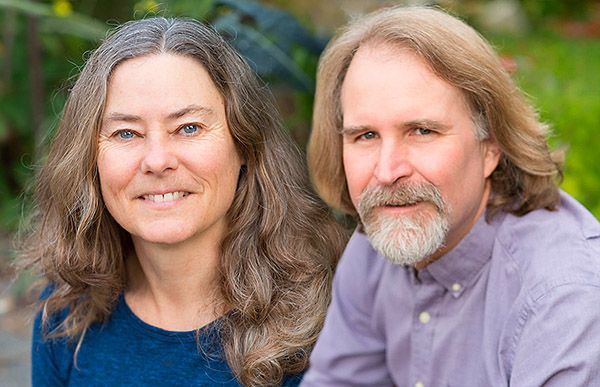
Anne Biklé and David Montgomery explain the science behind creating healthy soil in “ Got Dirt? Get Soil! “
And in “ The Conversation ” article, Montgomery dispels farming myths, and explains how p lanting a diverse blend of crops and cover crops, and not tilling, helps promote soil health. Learn more.

